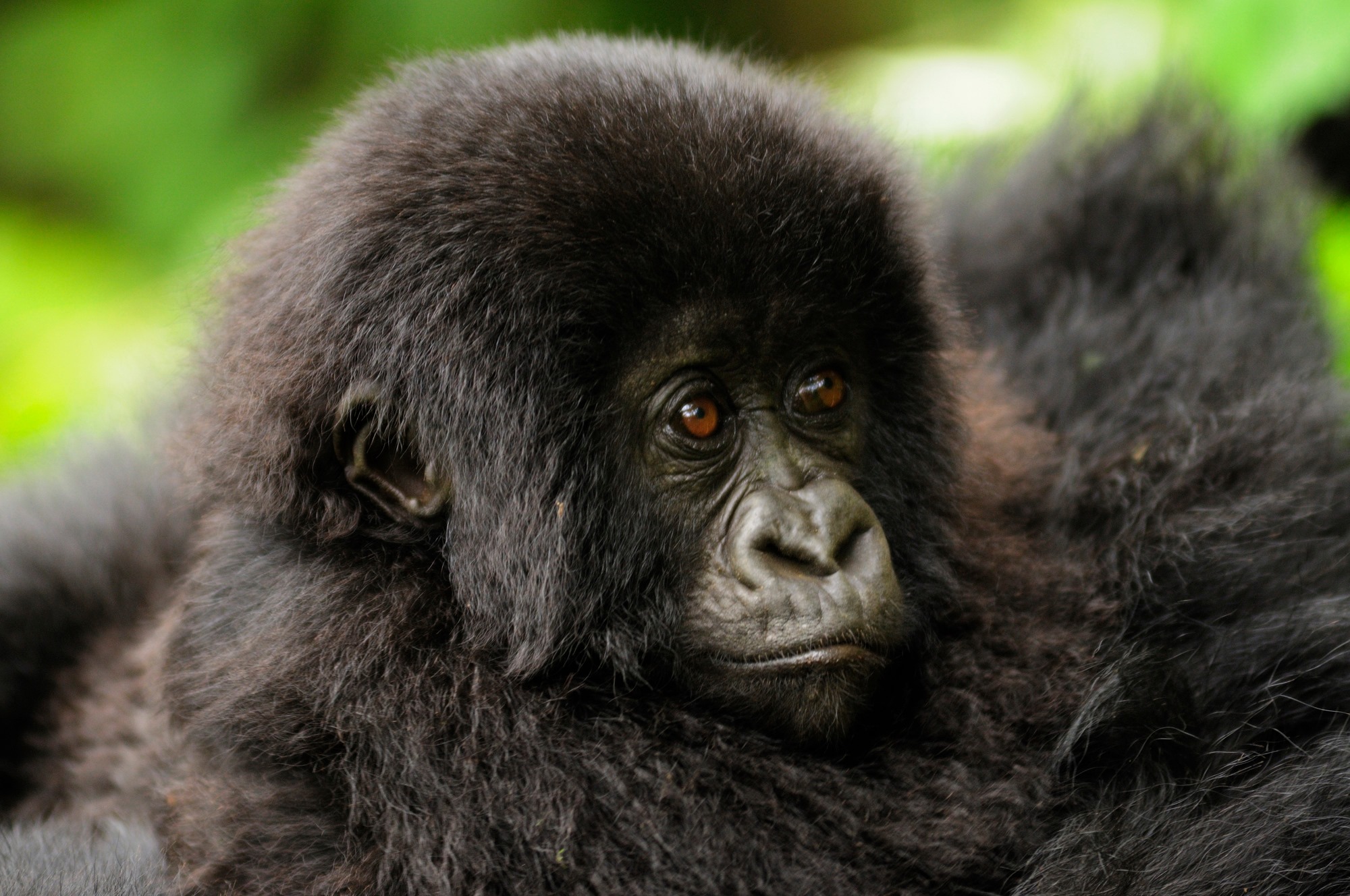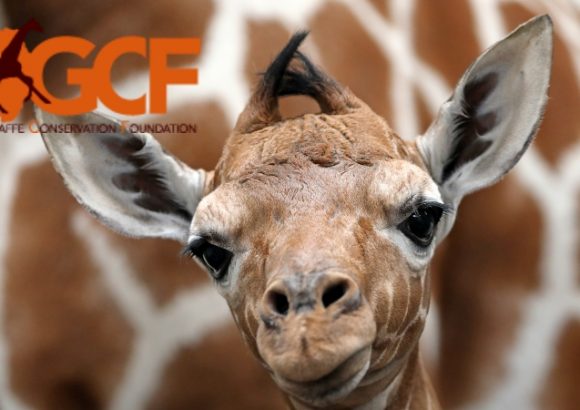Uganda
For many visitors drawn to Uganda, the opportunity to encounter endangered mountain gorillas and chimpanzees in their natural habitats is deeply compelling.
Beyond these unforgettable primate encounters, the country’s warm people, stunning landscapes, and rich wildlife, from the misty forests of Bwindi and Kibale to the expansive savannas of Queen Elizabeth National Park, Kidepo, Lake Mburo National Park, and Murchison Falls, offer a distinctive safari experience.
Uganda is also celebrated for its diverse birdlife, including the prehistoric-looking shoebill stork, best spotted in the secluded swamps of Mabamba Bay near Lake Victoria.
The pearl of Africa.
UGANDA JOURNEY INSPIRATION
Our travel network specialises in tailormade holidays. Below you’ll find some examples, with price guide, using destinations and camps/lodges which we think work well together. There are many combinations possible so this is just to give you some initial ideas.
When you are ready to explore options more fully, please do complete an enquiry form – we can then put you in touch directly with the relevant specialist partner team. In discussion with you, they will tailor an itinerary based around your interests and your budget.
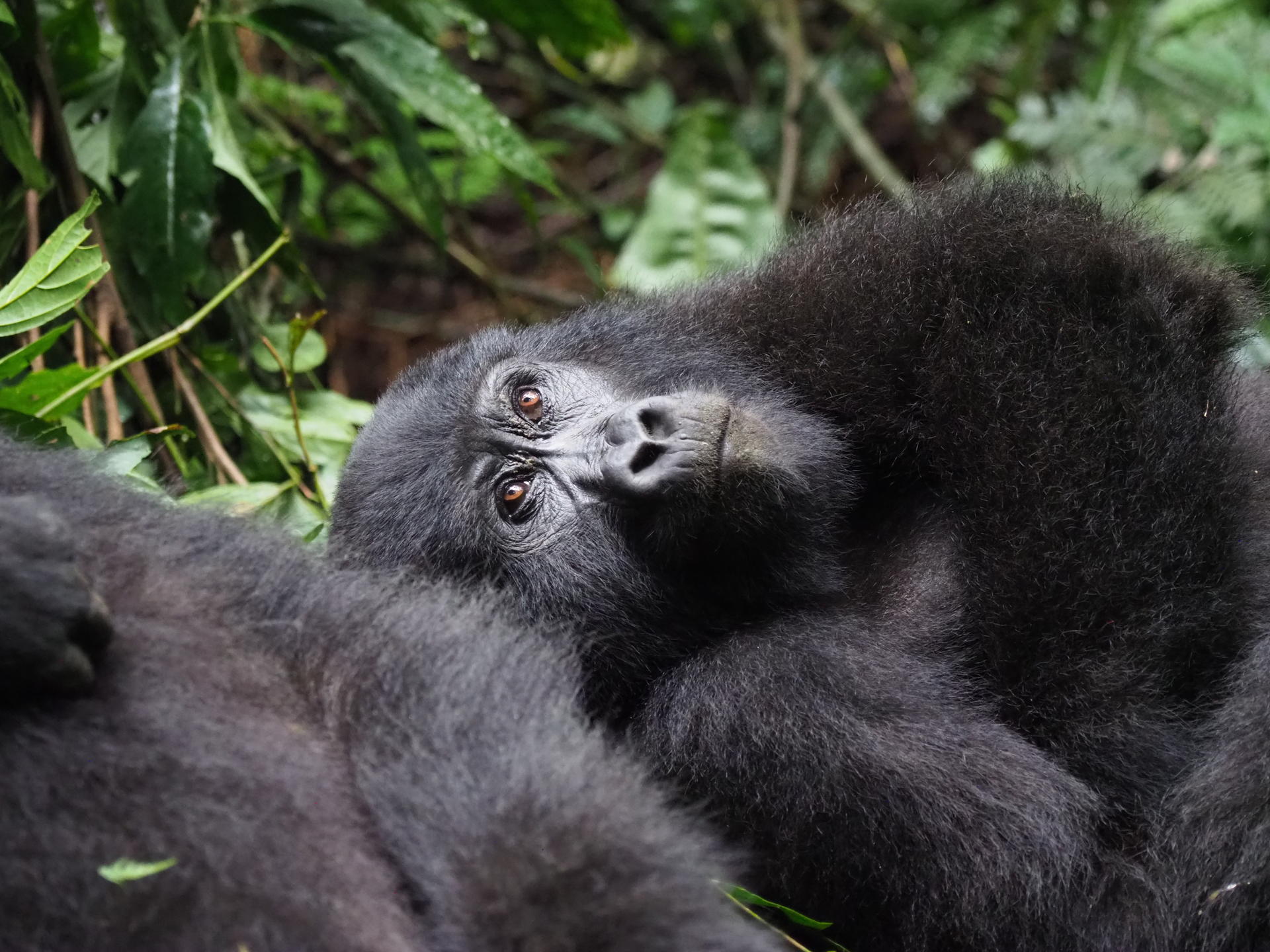
Experience the thrill of encountering mountain gorillas in their natural habitat with a visit to Bwindi Impenetrable Forest. Perfect for those short on time, this trip includes a permit to track and observe one of the habituated mountain gorilla families. All our journeys are tailormade and this trip can easily be extended to include other areas in Uganda or beyond.
 Day 1 Boma Guest House, Entebbe
Day 1 Boma Guest House, Entebbe
You will be met on arrival at Entebbe Airport and transferred to the lovely Boma Guest House, one of Entebbe’s oldest hotels, set in a leafy suburb just 10 minutes from the airport. The original guest house dates to the 1940s and feels very homely.
 Days 2-4 Mahogany Springs Lodge, Bwindi Impenetrable Forest
Days 2-4 Mahogany Springs Lodge, Bwindi Impenetrable Forest
This morning you will be met at an agreed time and returned to the airport for your flight to Bwindi National Park. Your base for exploring the forest will be Mahogany Springs Lodge near the Buhoma sector of the park, perched on the lush hillside with ten spacious bandas. Optional activities include a forest walk, village walk, or visits to the Batwa Communities. On the day of your gorilla trek, you will need to rise early! The day starts with a short briefing by official Uganda Wildlife Guides. You are then allocated to a specific guide and trekking group (usually 8-10 people). Groups depart from different locations around the park depending on where the gorilla families are. Treks vary in length and you are accompanied by a head guide and trackers . You get exactly 60 minutes once you have found the gorillas before trekking back to park headquarters, usually stopping to eat your picnic lunch on the way. Back at the lodge enjoy a hot shower and a visit to the bar!
Day 5 End of Arrangements
Today you fly back to Entebbe for your onward journey.
Price Guide
Per person sharing: from £3,270 (based on mid season)
- This itinerary is available all year round.
- This trip starts and ends in Entebbe.
Includes
- Domestic flights and transfers
- Accommodation as detailed (full board on safari; bed & breakfast in Entebbe)
- Park fees
- Gorilla trekking permit
International Flights Our partners can book international flights for you as required.
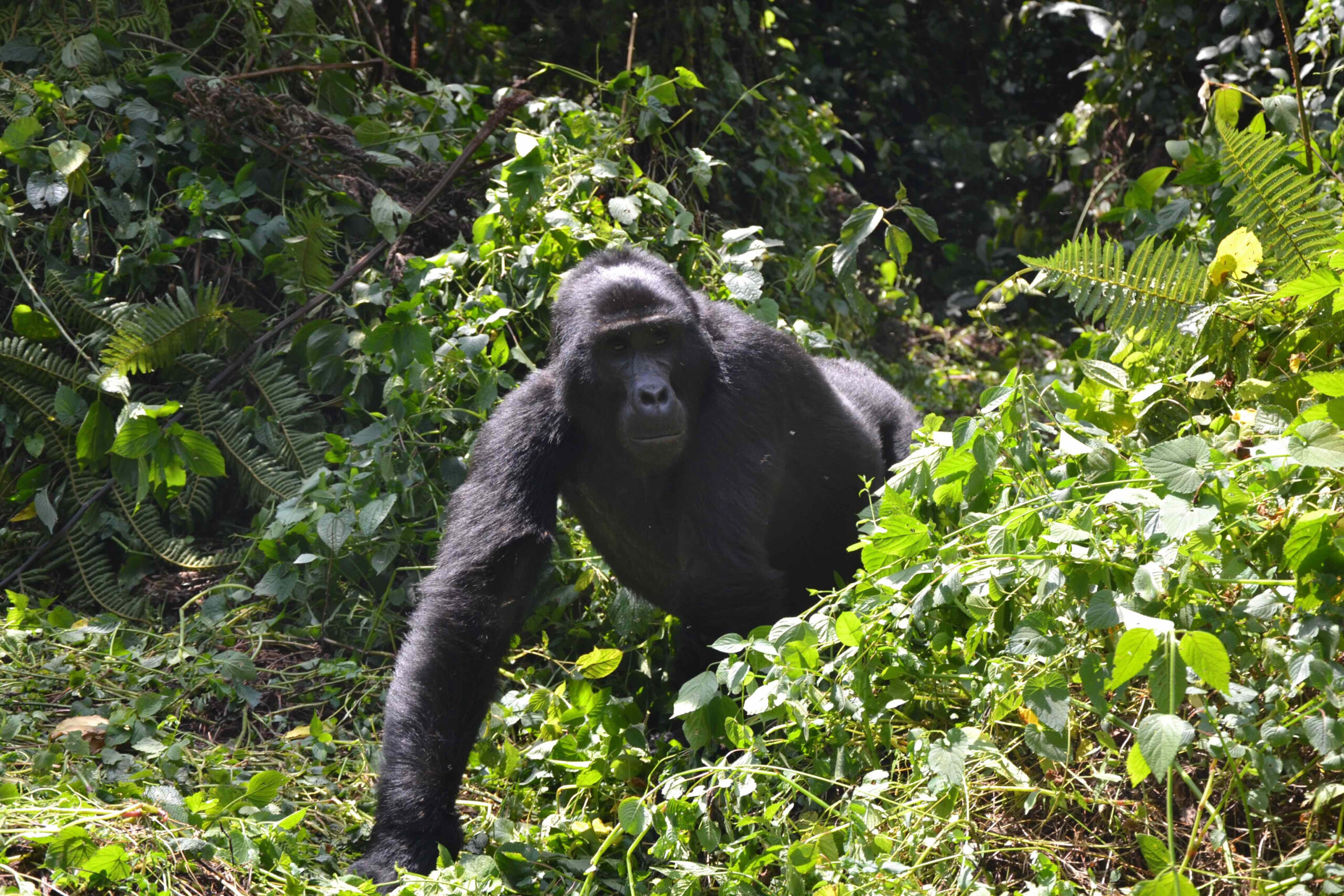 Start your forest adventure with an exhilarating chimp tracking experience in Kibale Forest. Venture further south to Bwindi Impenetrable Forest for an unforgettable gorilla trekking adventure.
Start your forest adventure with an exhilarating chimp tracking experience in Kibale Forest. Venture further south to Bwindi Impenetrable Forest for an unforgettable gorilla trekking adventure.
A truly wonderful and engaging holiday experience awaits.
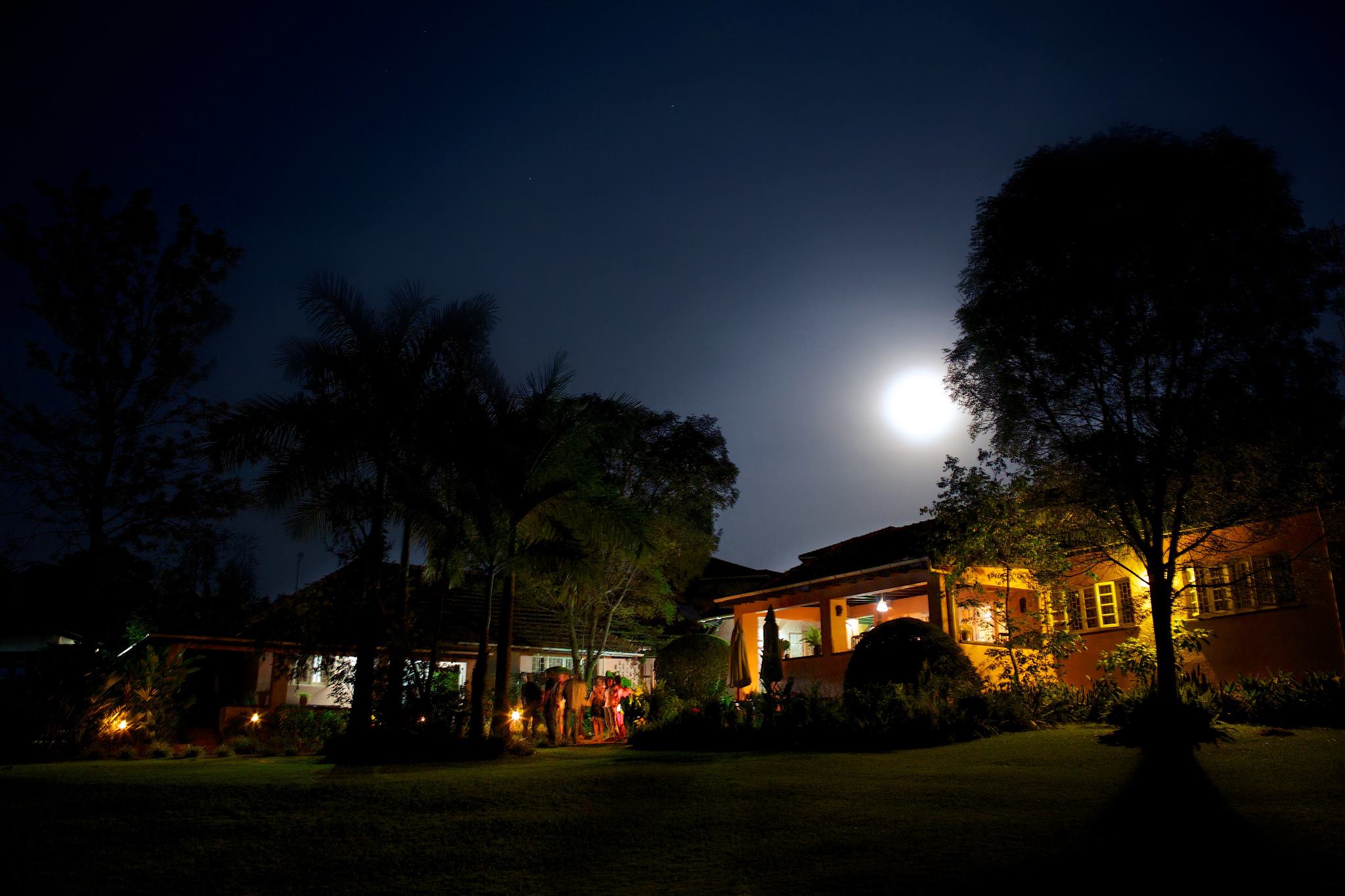 Day 1 The Boma, Entebbe
Day 1 The Boma, Entebbe
You will be met and transferred to the leafy and quiet gardens of the Boma guesthouse, where you will overnight.
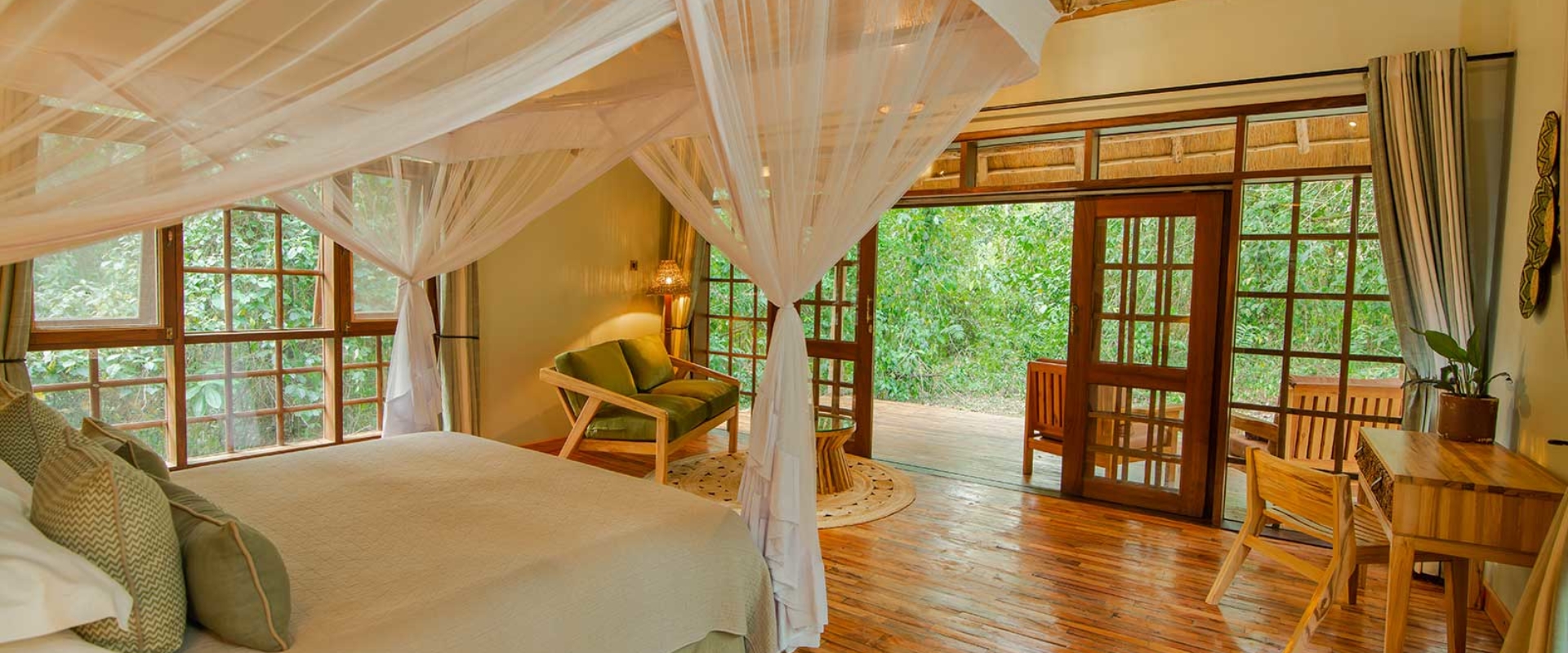 Days 2-3 Primate Lodge, Kibale Forest National Park
Days 2-3 Primate Lodge, Kibale Forest National Park
Depart Kampala for a scenic drive to Kibale Forest. On your second day, venture into the forest with experienced wildlife ranger guides to track chimpanzees. Gain in-depth knowledge about these fascinating primates, observing their behaviour and learning about their daily lives in their natural habitat. Enjoy the comfort and hospitality of Primate Lodge as your base for this remarkable adventure.
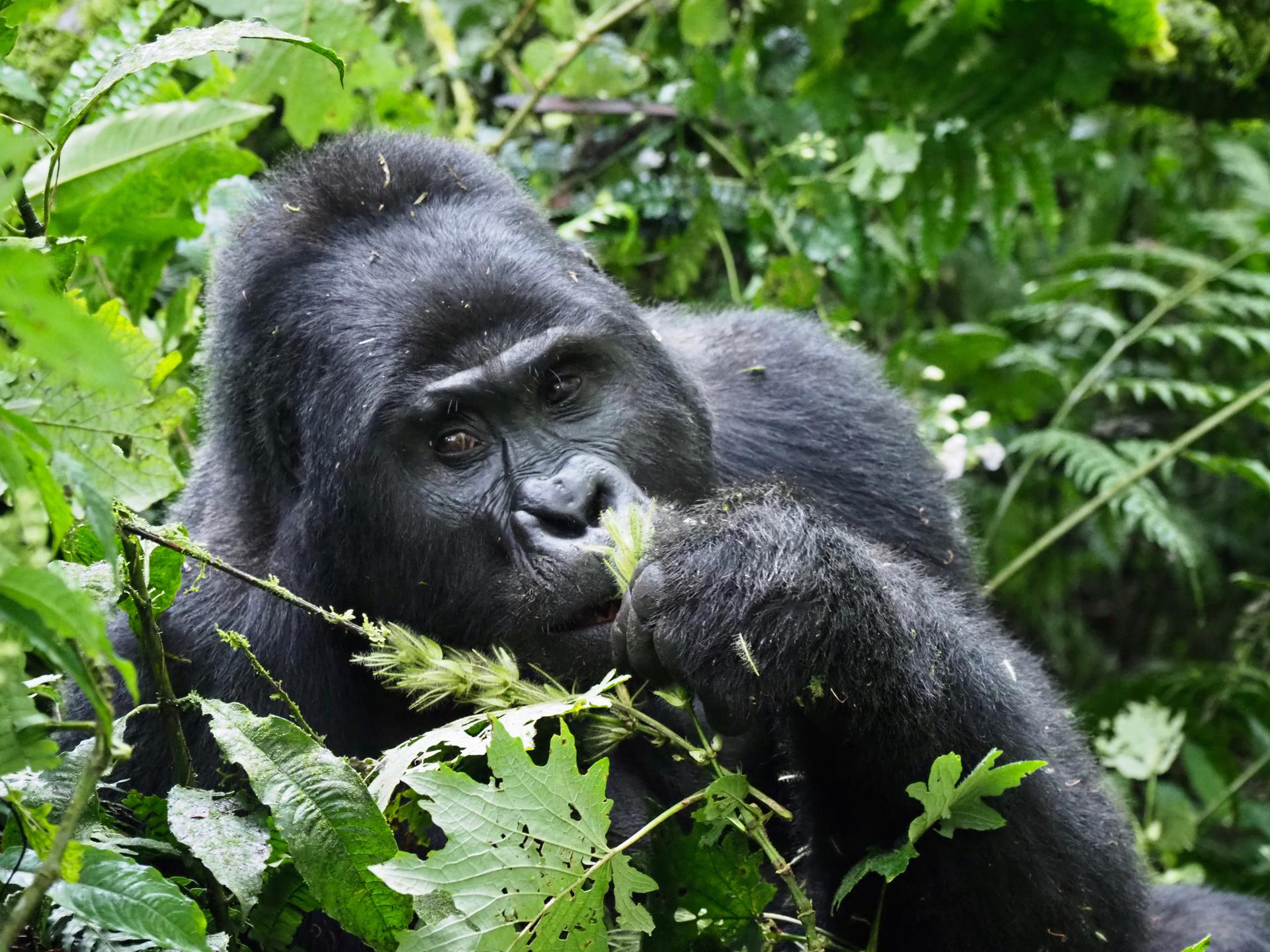 Days 4-6: Mahogany Springs, Bwindi Impenetrable National Park
Days 4-6: Mahogany Springs, Bwindi Impenetrable National Park
Continue your journey through the lush green countryside to Bwindi Impenetrable National Park. This park is home to mountain gorillas, 113 mammal species, and 360 bird species. Spend a relaxing evening at Mahogany Springs lodge.
The highlight of your stay at Bwindi comes on the second day. After an early morning briefing from your wildlife guide, embark on a jungle walk with your group to track a gorilla family. Upon locating the gorillas, you will spend one full hour observing these gentle giants as they go about their daily lives in the forest—a truly humbling experience. In the evening, enjoy leisure time at the lodge.
Day 7 End of Arrangements, return to Entebbe
PRICE GUIDE
Per person sharing: from £5,020 (based on mid season)
- This itinerary is available all year round although the optimum times are likely to be June – October and December to March.
- This trip starts and ends in Entebbe.
INCLUDES
- All accommodation and transfers as detailed
- Park & conservancy fees along with 1 gorilla tracking and 1 chimp tracking permit
International Flights Our partners can book international flights for you as required.
UGANDA GUIDE
You’ll find a short guide to Uganda below, along with some suggested itineraries.
To start planning a trip to Uganda please contact us via the Enquiry Form, by email on info@realworldconservation.org.uk or on 01692 218189.
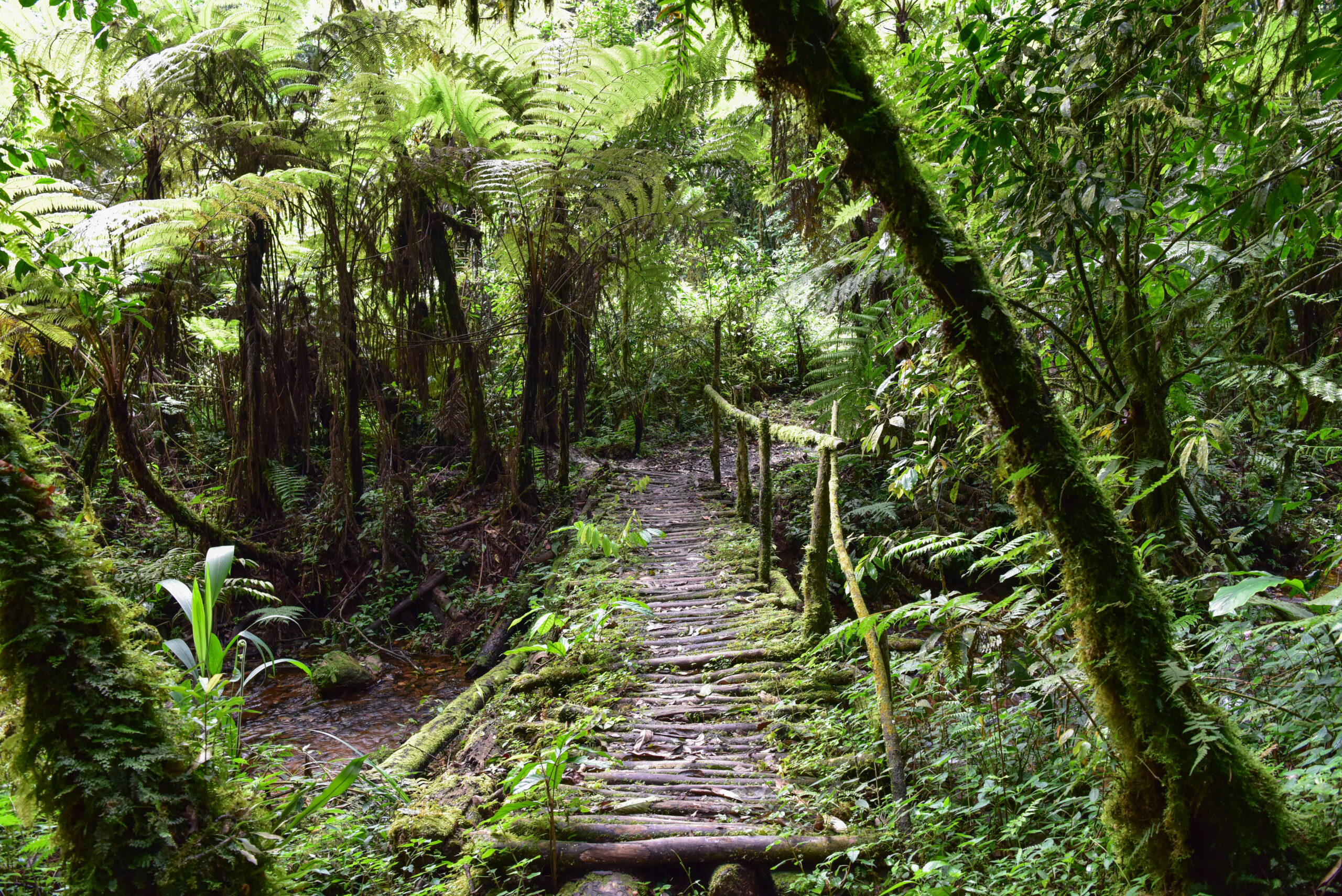
Bwindi Impenetrable Forest National Park spans 330 square kilometres and is situated at altitudes ranging from 1,100 to 2,600 meters. With annual rainfall reaching up to 239 cm, it is one of Uganda’s most biologically diverse areas. The park’s name reflects its dense Afro-montane forest, where a thick layer of ferns, vines, and shrubs flourish beneath a canopy of 324 tree species.
Wildlife and Biodiversity
Bwindi is home to approximately 400 mountain gorillas, nearly half of the world’s population. Besides gorillas, the park hosts seven other diurnal primates and over 100 mammal species. Bird enthusiasts can enjoy spotting over 350 bird species, while butterfly lovers can find around 200 types fluttering through the forest.
Gorilla Trekking
The primary draw of Bwindi is the opportunity to trek and observe mountain gorillas in their natural habitat. With around 150 permits issued daily across Bwindi’s four sectors, early reservation is crucial. One gorilla family can be visited by only 8-10 people per day, ensuring an intimate and respectful encounter.
Preparation and Activities
Given the park’s mountainous terrain, thick undergrowth, and potentially slippery conditions, physical preparation is advised for trekkers. The gorillas are wild and move freely, meaning trekkers must be prepared for hikes that can range from one to around four hours each way.
For those with more time, Bwindi offers excellent guided walking and hiking trails, ideal for bird-watchers and flora enthusiasts. The park’s diverse terrain and rugged beauty provide a memorable experience. Additionally, community visits and village walks offer insights into local culture.
Permits and Costs
- Gorilla Trekking Permits: Currently priced at $700 USD, rising to $800 from 1 July 2024. These permits allow for one hour with a gorilla family.
- Habituation Visit Permits: Cost $1,500 USD and allow up to four hours following/observing a gorilla family – this offers a unique experience alongside researchers and Uganda Wildlife Authority rangers.
Comparison with Volcanoes National Park, Rwanda
For those considering alternatives, Volcanoes National Park in Rwanda also offers gorilla trekking, with permits costing $1,500 USD. The habituated gorilla groups in Rwanda are often closer to the park headquarters, potentially offering a shorter trek.

Kibale National Park, located in western Uganda near the town of Fort Portal, is renowned for its high primate density, making it one of the best places in the world for chimpanzee trekking. Visitors come to Kibale primarily to join guided chimp treks, where they can observe habituated chimpanzees in their natural habitat. The park is also home to other primate species, including red colobus, black-and-white colobus, red-tailed monkeys, and L’Hoest’s monkeys, as well as bushbucks, buffaloes, and mongoose. Although forest elephants are present, they are rarely seen.
The best months for chimp trekking are during the dry seasons of mid-November to February, and June to September. Besides primates, Kibale boasts over 300 bird species and numerous beautiful butterflies, adding to its rich biodiversity.
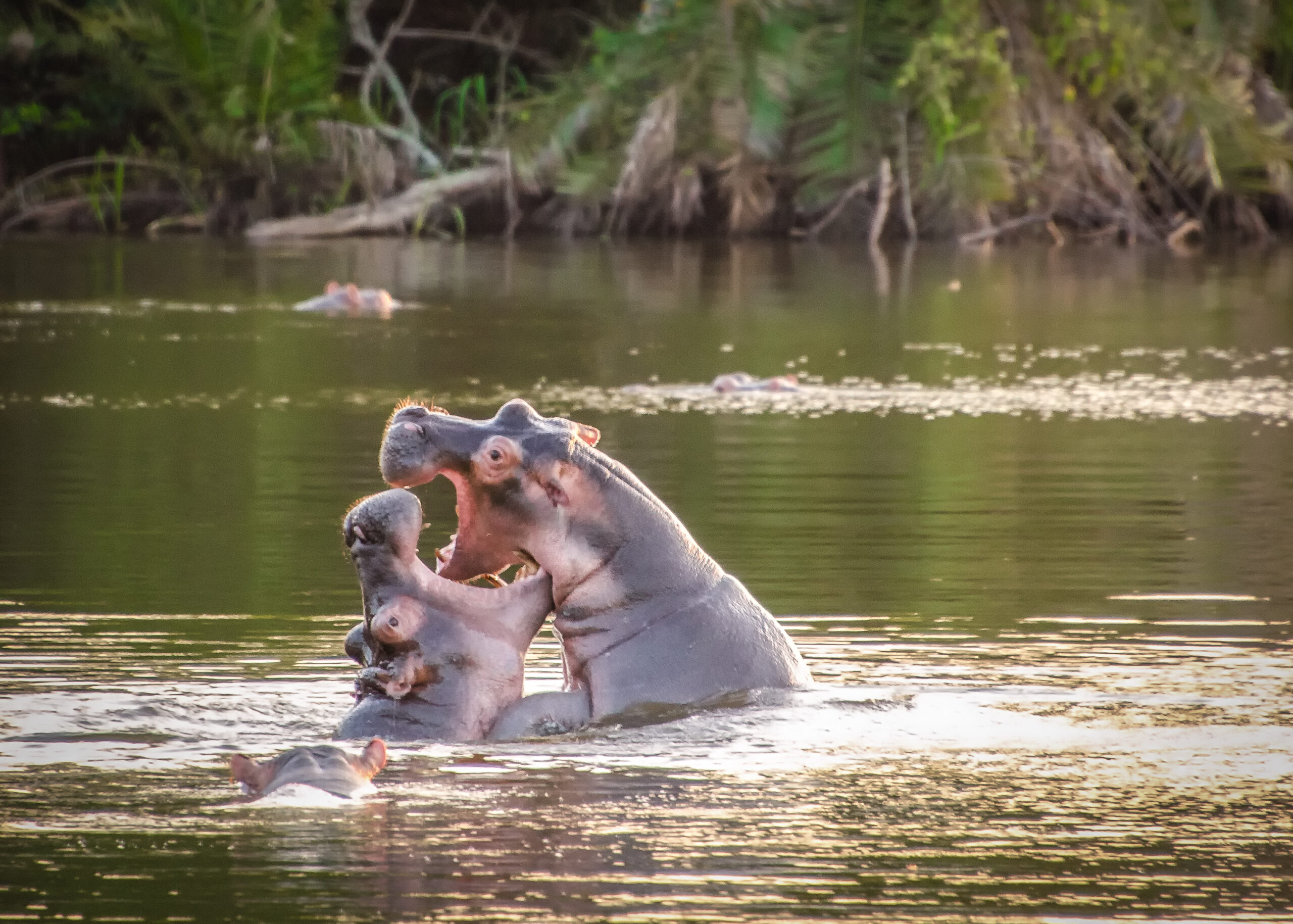
Lake Mburo National Park, located just a 3.5-hour drive from Kampala, is Uganda’s most accessible savanna wildlife area. The park is centred around swamp-fringed lakes, forming a spectacular 50km wetland system that provides a rich habitat for a variety of birdlife, with some 350 species recorded. The green acacia woodlands are home to eland, zebra, warthog, buffalo, and impala. Additionally, the park hosts leopard, hippo, and hyena.
Comprising 13 lakes in the region, with five within its boundaries, Lake Mburo offers diverse and picturesque landscapes. Established as a Game Reserve in 1963 and a National Park in 1983, the park has faced numerous challenges, including tsetse fly eradication efforts and poaching. However, ongoing conservation efforts are transforming Lake Mburo.
In 2015, four female and four male giraffes were translocated from Murchison Falls to Lake Mburo, marking the first time giraffes have inhabited western Uganda’s parks. This successful relocation has further enriched the park’s biodiversity and visitor experience.
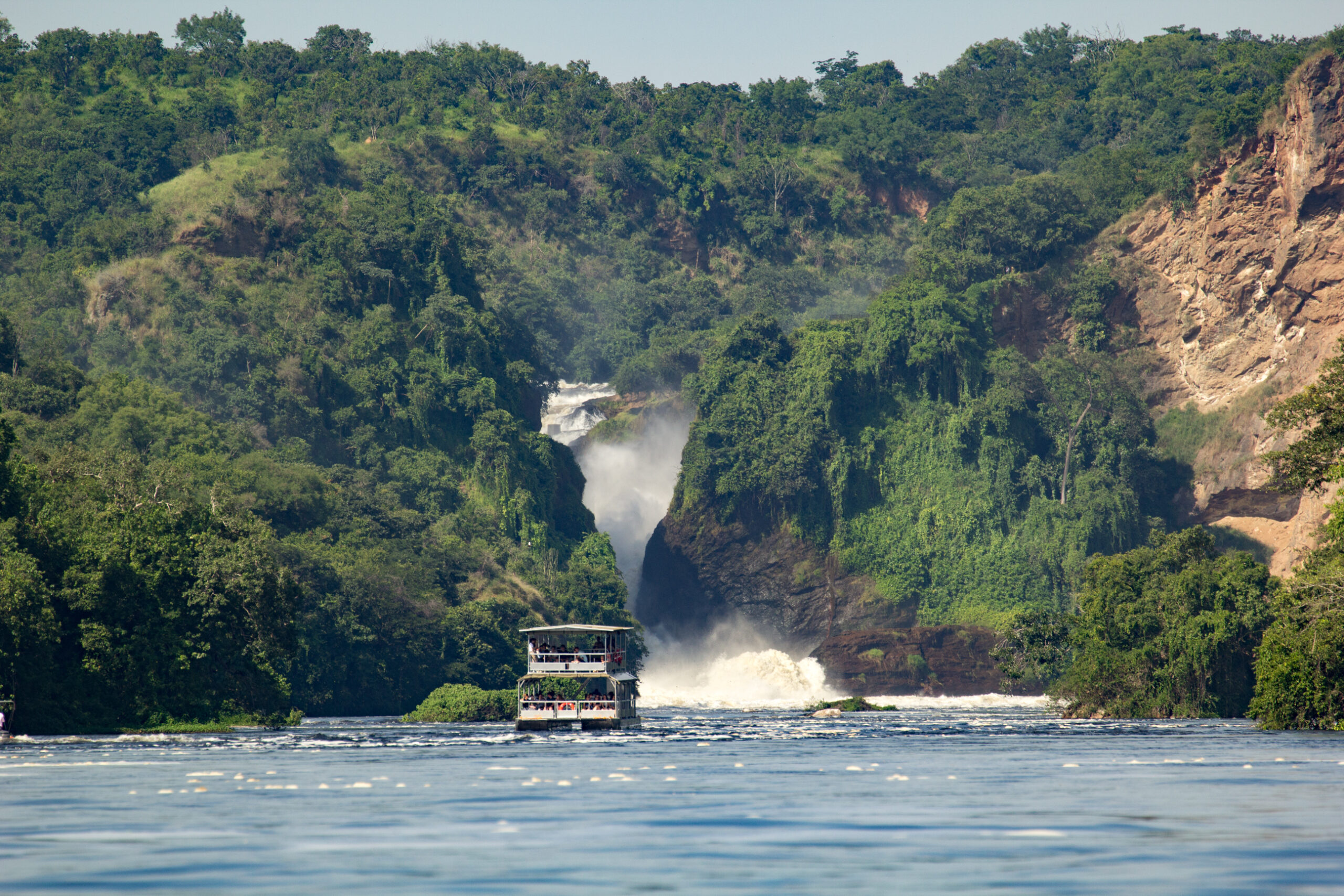
Murchison Falls National Park, located about 300 km from Kampala in western Uganda, is a top destination for nature and wildlife enthusiasts. The park is easily accessible by road, or by air. For those driving it is possible to stop at the Ziwa Rhino Sanctuary.
The park is Uganda’s oldest and largest safari area, encompassing Murchison Falls National Park, Bugungu, and Karuma Falls Wildlife Reserves. At its heart, the Nile River explodes through a narrow gorge at Murchison Falls, creating a spectacular cascade and a serene river below. This dramatic scenery is home to diverse wildlife, including lions, leopards, elephants, giraffes, hartebeests, Uganda kobs, and chimpanzees. The northern section’s grasslands and acacia woodlands provide a perfect habitat for the Nubian Giraffe, while the southern bank, including Budongo Forest, offers lush forested areas rich in birdlife and primates.
Murchison Falls is also a conservation success story, particularly for the critically endangered Nubian giraffe, whose population has significantly increased thanks to dedicated conservation efforts. The best time to visit is from June to late September or January to mid-March, when wildlife viewing is optimal.
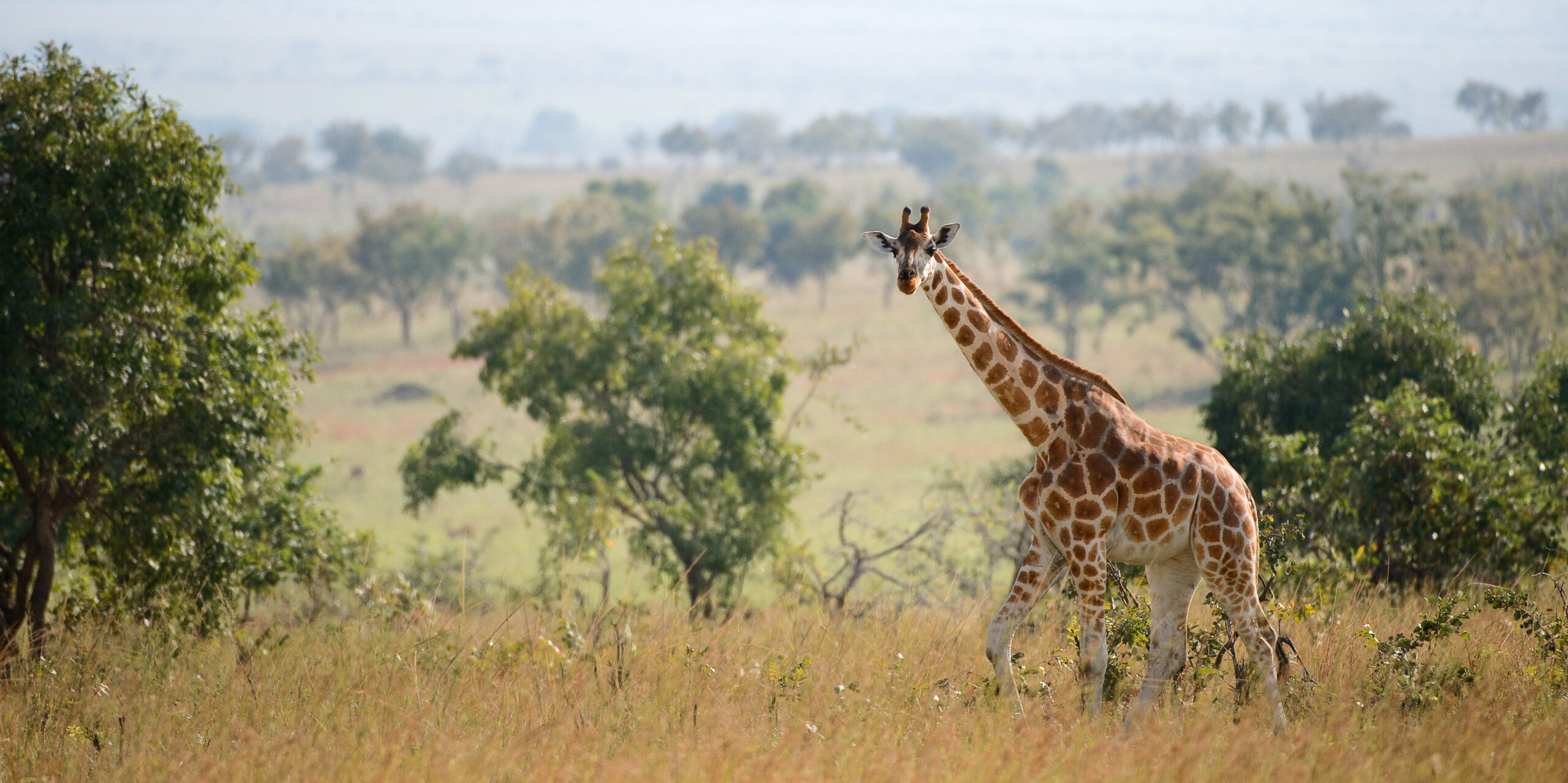
Queen Elizabeth National Park (QE) is Uganda’s most popular park, teeming with diverse wildlife and stunning landscapes. Home to 95 mammal species and around 612 bird species, it offers exceptional biodiversity. Bird enthusiasts can spot African skimmers, Chapin’s flycatchers, pink-backed pelicans, papyrus canaries, shoebill storks, martial eagles, black-rumped buttonquails, and flamingos across various habitats, including bushy grasslands, acacia woodlands, lakeshores, swamps, and forest grasslands.
Key Attractions
Mweya Peninsula: This is the hub for most visitors, offering spectacular views and easy access to wildlife. The Kazinga Channel, a 40km waterway connecting Lake George to Lake Edward, offers boat trips, providing views of the shore.
Tree-Climbing Lions: QE National Park is famous for its tree-climbing lions, particularly in the Ishasha sector, which is located about 100km south of Mweya. This southern part of the park feels far wilder and offers a unique safari experience. The most accessible spots for spotting lions are in the eastern Kasenyi plains and along the Kasese road.
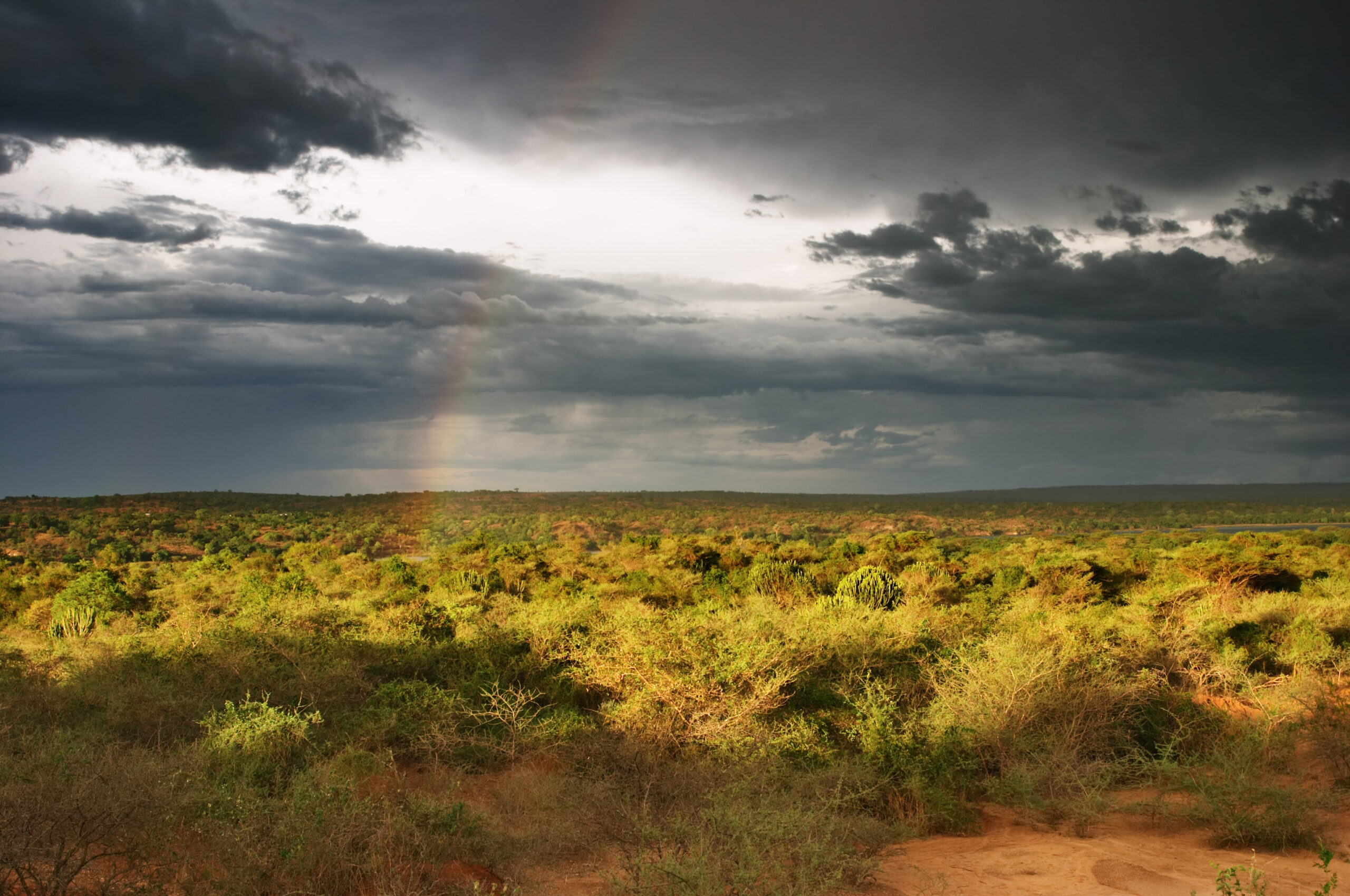
Uganda, located on the Equator, enjoys a tropical climate, but most of the country lies on a plateau between 900 and 1,830 meters above sea level, which keeps temperatures cooler than coastal regions. The hottest months are December to February, with temperatures reaching up to 29 degrees Celsius.
Rainy Seasons
- Main Rainy Seasons: April to May and October to November.
- Additional Rainfall: While these are the primary wet seasons, rain can occur at any time of the year!
Optimal Time for Gorilla Trekking
- Best Months: June to September and January to February.
- Booking: It is essential to book well in advance due to the limited availability of permits.
These periods offer the most favorable conditions for gorilla trekking, making it easier to navigate the terrain and increasing the likelihood of sightings. For the best overall experience, consider planning your visit during these optimal months.


